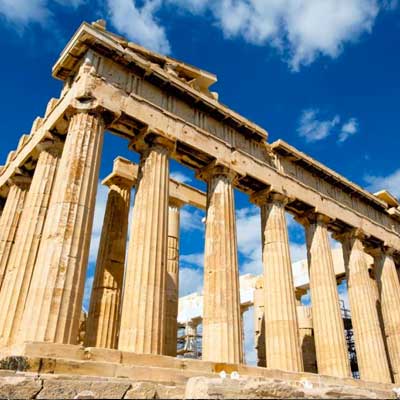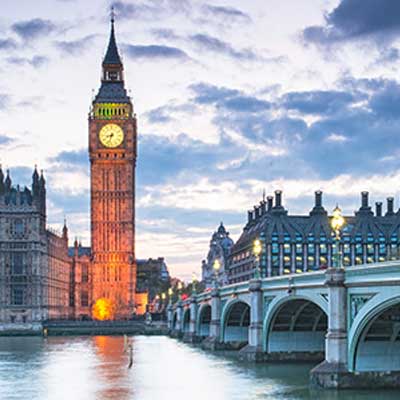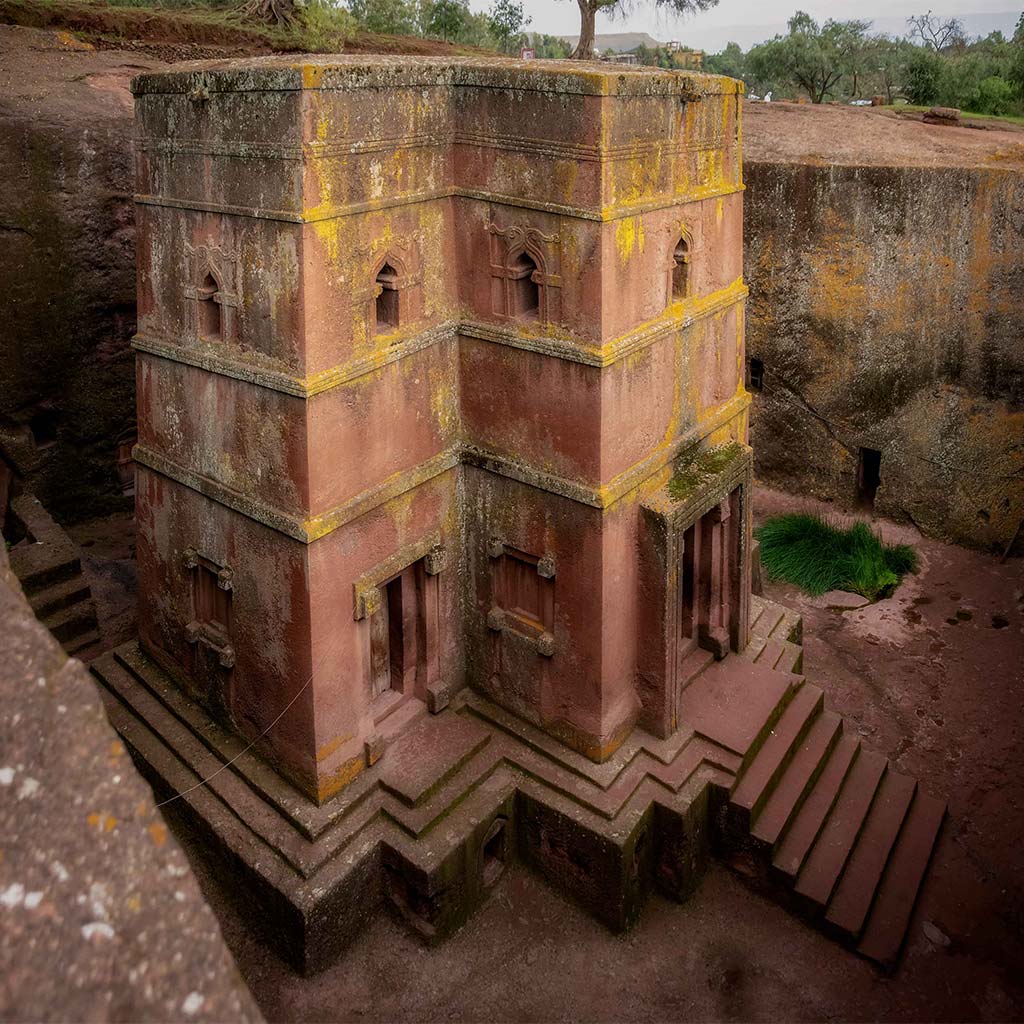Martin Luther’s Last Straw with the Catholic Church
Why Martin Luther Wrote the 95 Theses
“When Martin Luther walked the half mile from his home in Wittenberg to the Castle Church (pictured above), he was angry. He was about to nail a list of challenges against the Catholic teaching to the church door, which also served as a bulletin board in the small town,” writes Dr. Erwin Lutzer in his new book “Rescuing the Gospel.” Although Luther knew that the letter to the Catholic Church would spark debate, he didn’t envision the widespread uprising that would occur soon after its delivery.
Shortly before the famous Ninety-Five Theses were posted on the Wittenberg door, parishioners were abusing the practice of indulgences by putting a price tag on forgiveness of sin and gaining salvation. It wasn’t the practice of indulgences that Luther had an issue with. It was the fact that exaggerated and untruthful benefits were being offered in exchange for money. Representatives of the Catholic church even claimed that the living could pay an indulgence to have their deceased loved ones sent out of purgatory and into heaven. Dr. Lutzer writes, “for Martin Luther, this was the last straw.”
These indulgences financed much of St. Peter’s Basilica. “Although updates and additions have been made since the 1500’s, the tall central building owes its existence in large part to the day when indulgences were sold to pay for its construction.” (Lutzer, 24). Martin Luther argued that “it would be better to build ‘living temples’ than for the Germans to invest their money in a new basilica that meant nothing for them.” (Lutzer, 29).
Although Pope Leo tried to put out the fire sparked by the Ninety-Five Theses, there was no stopping Luther’s message from spreading across Europe, and eventually, to the rest of the world. Visit sites such as the Castle church on a Reformation tour of Germany and Switzerland!
References: Luzter, E. (2016). Rescuing the Gospel. Ada, MI: Bakers Publishing Group.









































